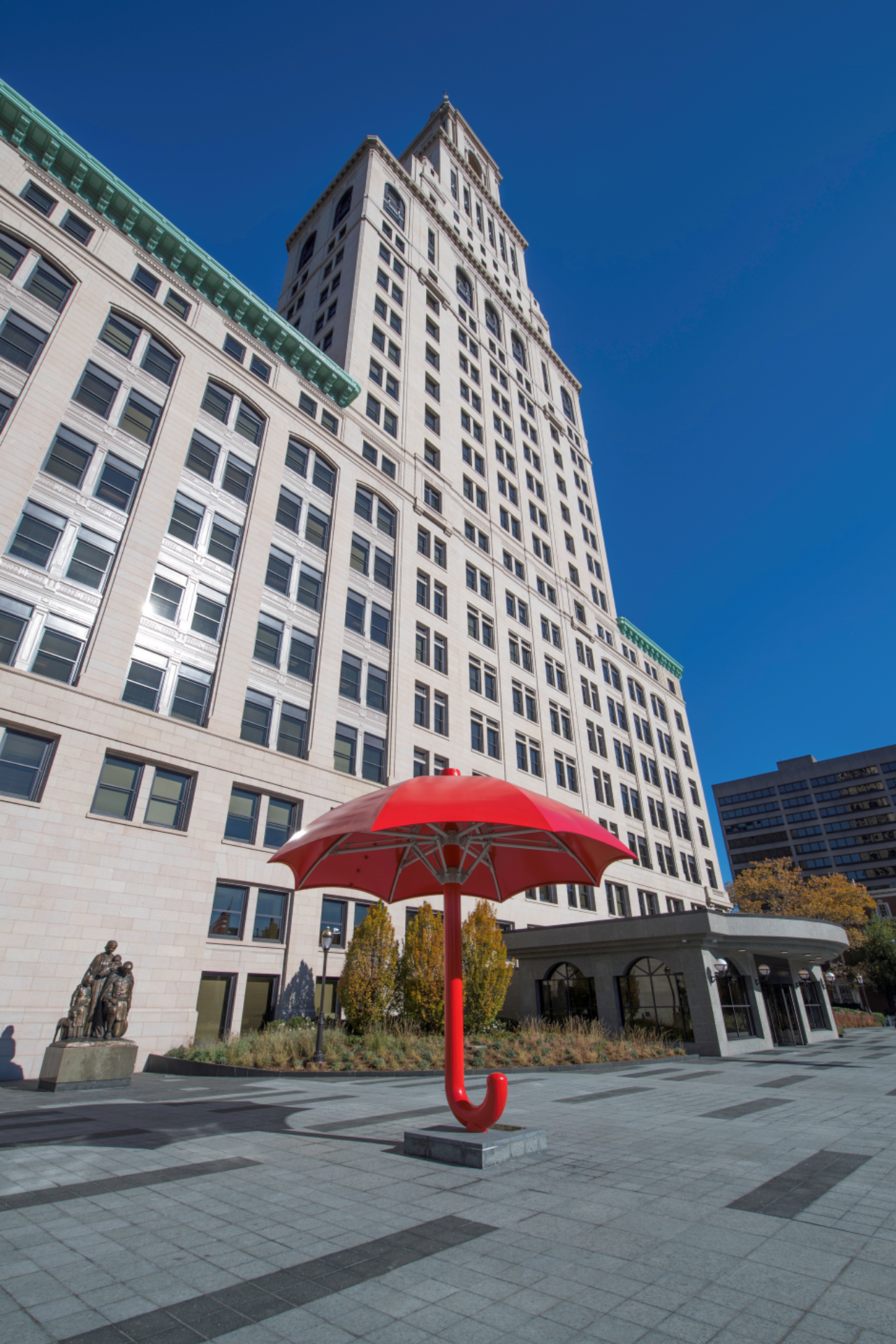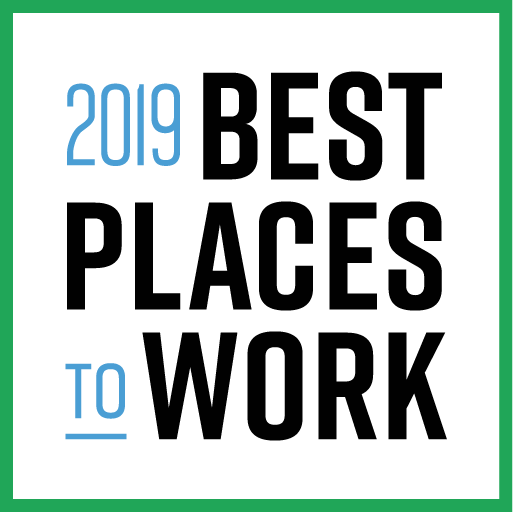A coalition of global institutional and private investors, including the $35-billion Connecticut Retirement Plans and Trust Funds (CRPTF), has announced plans to be guided by a newly developed set of principles developed to encourage a “responsible civilian firearms industry.” The guidelines, established as part of their “fiduciary responsibility,” aim to encourage the firearms industry to address gun safety issues.
Since the 2012 Sandy Hook tragedy, Connecticut State Treasurer Denise Nappier has engaged with companies in which the State invests that manufacture, distribute and sell guns and ammunition, raising the business case for reasonable regulation of firearms and ammunition sales in order to mitigate the potential long-term business risk posed by high rates of mortality that are attributed to the misuse of firearms, according to the Treasurer’s Office.
“The proliferation of gun violence is not only a public health issue but also a business risk issue, both of which are central to our fiduciary role as long-term institutional shareholders,” Treasurer Nappier said.
The launch of the Principles for a Responsible Civilian Firearms Industry by investors with combined assets under management of more than $4.8 trillion builds on the Treasury’s engagement effort. Among the institutional investors signing on to the new principles are funds in states that have seen headline-raising mass shootings, including Florida and California, in addition to Connecticut.
The principles would apply to public and private companies that are involved in the manufacture, sale and distribution of civilian firearms, officials said. They are focused on reducing risk, which is a priority for institutional investors who have a fiduciary obligation to invest pension assets prudently and to monitor and manage risks.
Over the past decade, shootings involving multiple victims have been on the rise with 2017 being the worst year on record. It is estimated that in 2017 alone, excluding suicides, more than 15,000 people were killed by guns in the United States including students, teachers, and law enforcement officers, according to Gun Violence Archive, a non-profit organization that tracks media and law enforcement reports of shootings.
This year there have been several shootings resulting in multiple fatalities at schools, bars, religious institutions and other places where large numbers of people congregate.
 “We must do better,” Treasurer Nappier said. “We must continue to speak out, contribute constructively to the public debate over this important issue, and achieve the outcome for which we all strive: the safety of our communities and of all our citizens.”
“We must do better,” Treasurer Nappier said. “We must continue to speak out, contribute constructively to the public debate over this important issue, and achieve the outcome for which we all strive: the safety of our communities and of all our citizens.”
The five principles serve as a conversation starter for investors to use when engaging companies to be active participants in protecting and enhancing long-term portfolio values by ensuring risks are being appropriately monitored and addressed. The five principles include:
- Principle 1: Manufacturers should support, advance and integrate the development of technology designed to make civilian firearms safer, more secure, and easier to trace.
- Principle 2: Manufacturers should adopt and follow responsible business practices that establish and enforce responsible dealer standards and promote training and education programs for owners designed around firearms safety.
- Principle 3: Civilian firearms distributors, dealers, and retailers should establish, promote, and follow best practices to ensure that no firearm is sold without a completed background check in order to prevent sales to persons prohibited from buying firearms or those too dangerous to possess firearms.
- Principle 4: Civilian firearms distributors, dealers, and retailers should educate and train their employees to better recognize and effectively monitor irregularities at the point of sale, to record all firearm sales, to audit firearms inventory on a regular basis, and to proactively assist law enforcement.
- Principle 5: Participants in the civilian firearms industry should work collaboratively, communicate, and engage with the signatories of these Principles to design, adopt, and disclose measures and metrics demonstrating both best practices and their commitment to promoting these Principles.
“More companies are recognizing that we do not need to work through these issues as adversaries, because we are not. We share a common interest in their future growth and success, and in promoting the sustainable health of the economic, social and environmental framework within which they exist,” Nappier said. “Our investments and the future well-being of millions of American pension fund beneficiaries are dependent on responsible corporate governance and citizenship of the portfolio companies in which we invest, but we also can influence it.”
Signatories, besides the CRPTF, include: the California Public Employees Retirement System; the California State Teachers’ Retirement System; the Florida State Board of Administration; the Maine Public Employees Retirement System; the Maryland State Retirement and Pension System; Nuveen, the asset manager of TIAA; OIP Investment Trust; the Oregon Public Employees Retirement Fund; Rockefeller Asset Management; the San Francisco Employees’ Retirement System; State Street Global Advisors; and Wespath Investment Management.
The principles were conceived earlier this year when Harvard University Advanced Leadership Fellow Christianna Wood and Christopher J. Ailman, chief investment officer of the California State Teachers’ Retirement System (CalSTRS), convened a group of asset owners, asset managers, and financial institutions to design pragmatic principles for portfolio company engagement in the firearms industry that both gun manufacturers and retailers could embrace.
“The objective of the initiative was to mitigate reputational and financial risk in the investment portfolio. We believe these principles will help to ensure the long-term financial health of the civilian firearms industry and where possible, allow for continued investment/funding of companies within the industry,” the coalition said.
“These principles are an engagement solution to divestment and meant to stimulate productive dialog within the industry. Working together, we can build and leverage solid relationships as we make progress toward mitigating risks, not only to the civilian firearms industry, but also on behalf of our investments,” Ailman said.
Treasurer Nappier said that the Treasury will use the principles as a foundation for conversation and collaboration with the companies in the gun industry in which the CRPTF has investments. Nappier will conclude 20 years as State Treasurer in January. She did not seek re-election, and will be succeeded in office by Shawn Wooden, who was elected by Connecticut voters earlier this month.













 The University of Saint Joseph (USJ)
The University of Saint Joseph (USJ) 
 “Girl Scouts is one of our nation’s most powerful leadership training grounds for young women,” said Openshaw. “We’re thrilled to support Girl Scouts as it seeks to modernize and remain relevant for young women in the new global economy.”
“Girl Scouts is one of our nation’s most powerful leadership training grounds for young women,” said Openshaw. “We’re thrilled to support Girl Scouts as it seeks to modernize and remain relevant for young women in the new global economy.”
 “We must do better,” Treasurer Nappier said. “We must continue to speak out, contribute constructively to the public debate over this important issue, and achieve the outcome for which we all strive: the safety of our communities and of all our citizens.”
“We must do better,” Treasurer Nappier said. “We must continue to speak out, contribute constructively to the public debate over this important issue, and achieve the outcome for which we all strive: the safety of our communities and of all our citizens.” Rounding out the top ten are Virginia ($7,161), New Jersey ($7,151), Maryland ($7,043), Hawaii ($6,981), D.C. ($6,963), Texas ($6,902), Colorado ($6,718), and Georgia (6,675). New York is next at $6,671.
Rounding out the top ten are Virginia ($7,161), New Jersey ($7,151), Maryland ($7,043), Hawaii ($6,981), D.C. ($6,963), Texas ($6,902), Colorado ($6,718), and Georgia (6,675). New York is next at $6,671.

 Leading the way in the five-year analysis, released this month, are Barnstable in Massachusetts, at 13.7 percent employment growth; in New Hampshire it is Portsmouth at 10.1 percent, in Rhode Island, Providence/Warwick at 7.7 percent; Maine the greatest job growth has been in Portland/South Portland at 7.1 percent. Vermont is the only New England state with a leading city growing jobs at lower rate than Connecticut’s – Burlington/South Burlington at .8 percent. Only Alaska and Wyoming are lower, rounding out the 50 states.
Leading the way in the five-year analysis, released this month, are Barnstable in Massachusetts, at 13.7 percent employment growth; in New Hampshire it is Portsmouth at 10.1 percent, in Rhode Island, Providence/Warwick at 7.7 percent; Maine the greatest job growth has been in Portland/South Portland at 7.1 percent. Vermont is the only New England state with a leading city growing jobs at lower rate than Connecticut’s – Burlington/South Burlington at .8 percent. Only Alaska and Wyoming are lower, rounding out the 50 states.


























